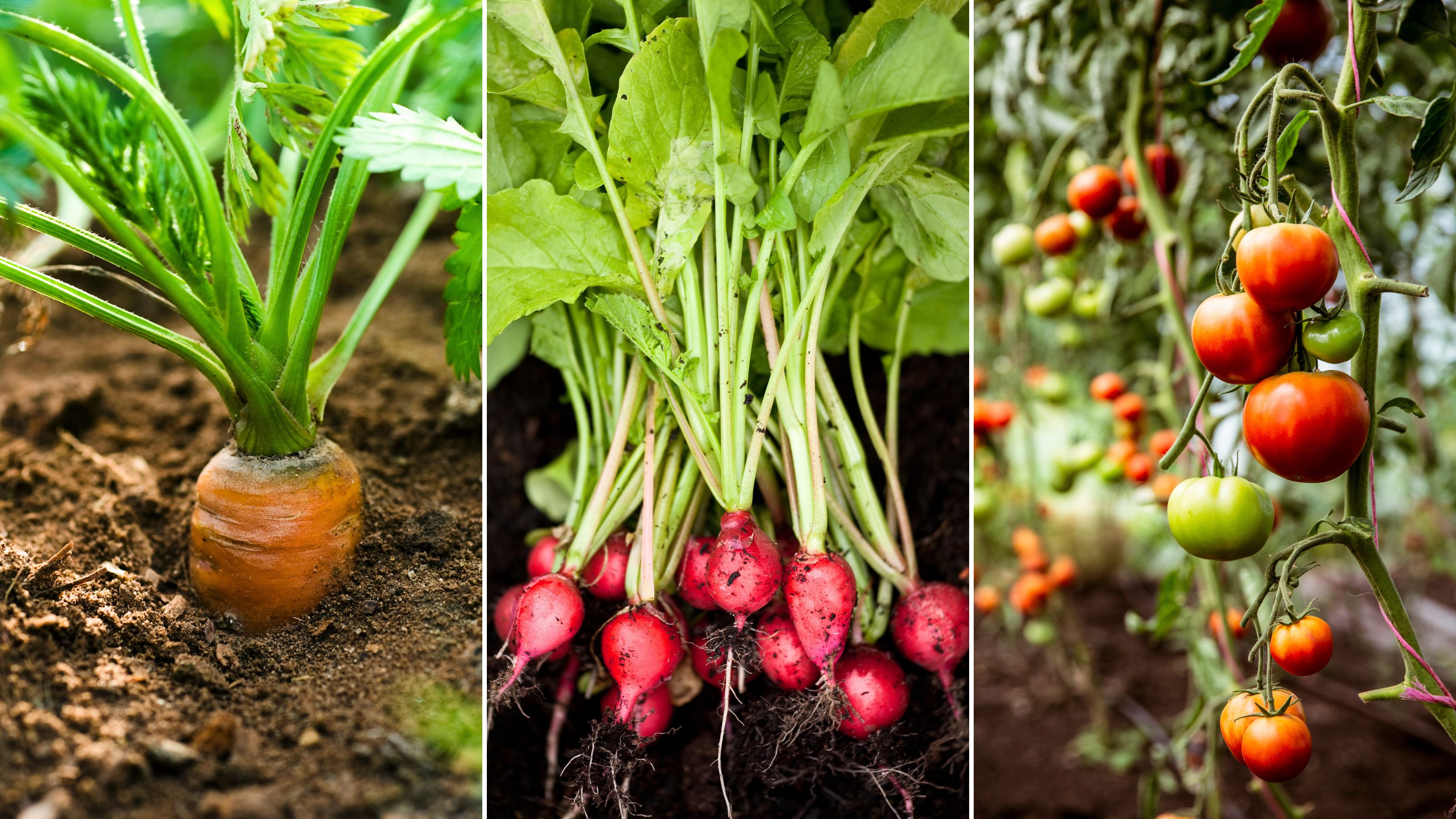
I've been growing vegetables in a small backyard and I'm absolutely loving it. It has added greenery to my space and gives me a mindful activity to do every day.
That being said, this is the first time I've ever attempted this, so after making a few mistakes, I sought out tips from gardening pros about what I should be planting, what to grow them in, how to space them, and their top maintenance tips for a bountiful harvest. As a result, my veggies are thriving.
If you're planting vegetables in your backyard and have a small outdoor space like me, this expert advice will help you grow them well despite the limited capacity.
Pro tips I'm using when growing vegetables in a small backyard
From practical start-up advice to gardening jobs you can do month-by-month, our pros have spilled plenty of practical advice that I've scooped up and am applying to my small vegetable patch. My gardening experts have recommended handy buys, so I've rounded up a few vital purchases in my vegetable gardening essentials list.
The prices below were correct at the time of publishing this article.
1. Choose the right vegetables
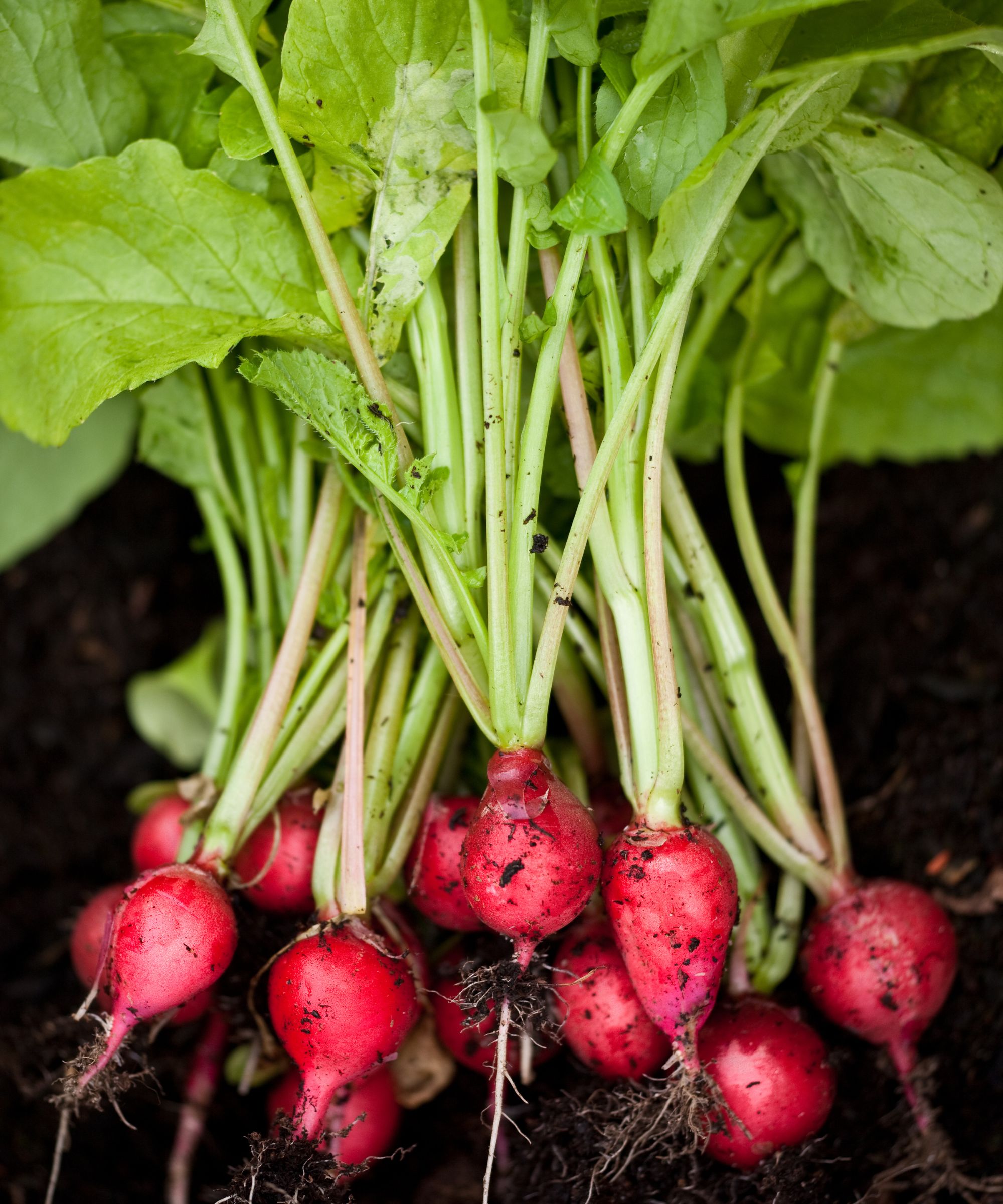
Choosing the right vegetables to start growing in your small backyard is a key part of successfully producing tasty results.
“For small backyards, opt for compact or dwarf varieties that thrive in limited spaces,” suggests Tony O’Neill, gardening expert and owner of Simplify Gardening.
“Some excellent choices include cherry tomatoes, bush beans, radishes, lettuce, and herbs like basil and parsley,” he continues. “These plants are not only space-efficient but also high-yielding.”
I currently have radishes in my backyard which have been growing well, but I’m now inspired to build my salad ingredients, so I’m taking the plunge with the Sereniseed Certified Organic Leafy Greens Lettuce Seeds from Amazon as they’re GMO-free and come in 10 varieties.
2. Plant in raised beds
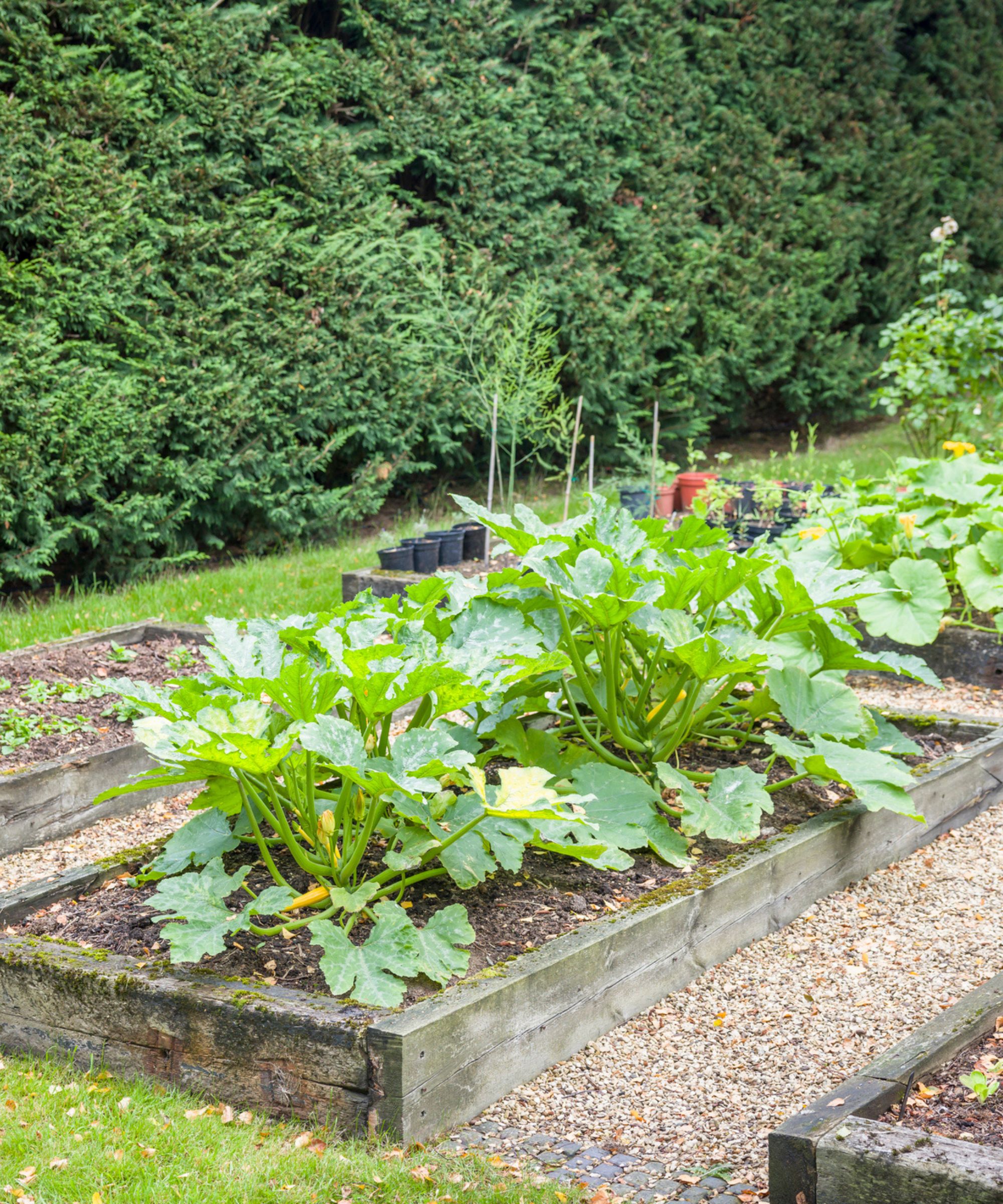
I’m going to be honest — I got myself into a pickle when I first started growing vegetables in my small backyard. I originally used a tiny vertical planter and soon found myself having to redistribute all my vegetables to larger ones.
Steve Schumacher, gardening expert and owner of Boston Landscape Co., says, "I always recommend raised beds for small spaces, as they concentrate the soil and make maintenance much easier."
He suggests aiming for beds two to three feet high and three to four feet wide, such as the Arlmont and Co Sauli Metal Garden Bed from Wayfair that’s also UV and weather-resistant making it a good one to reuse year in, year out.
“This provides enough depth for most vegetable roots but still allows you to reach the center of the bed,” he adds.
Steve isn't the only pro who loves these — Martha Stewart has top tips for growing vegetables in raised beds, too.
3. Position the plants and planters correctly
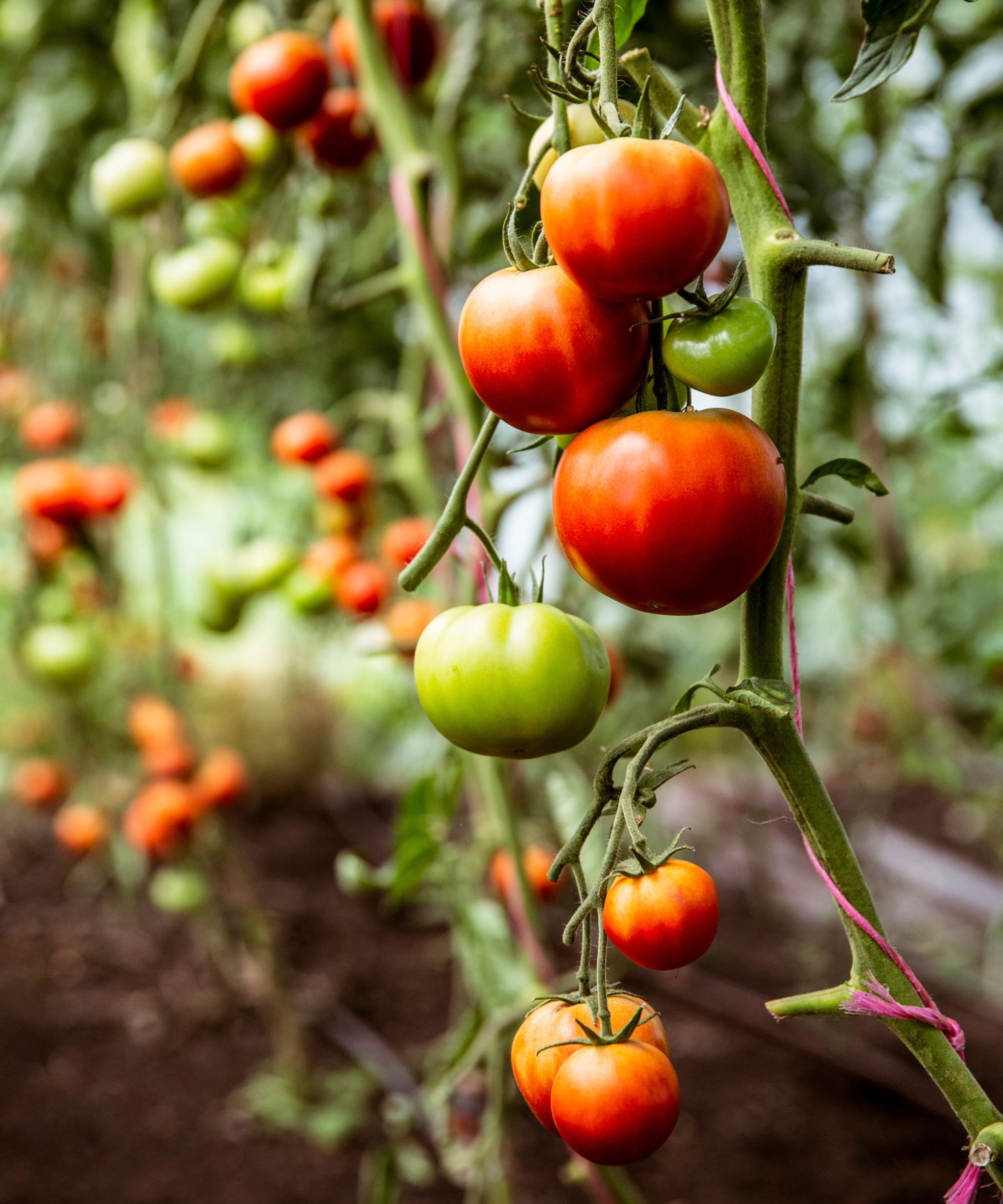
Alongside my radishes, I've been growing spring onions, and carrots in my small backyard, and for all of these, I quickly found out I’d planted way too many seeds in my small pots and needed to be more sparing.
“Give each plant room to grow — proper spacing means fewer disease issues and better air circulation,” Steve says.
He typically recommends 18-24 inches between tomato plants and 6-12 inches between lettuce and cucumber plants.
Along with this, it’s a good idea to pay attention to sunlight, being sure to place beds in a spot with at least six hours of direct sun per day to help them thrive.
4. Plant in quality soil
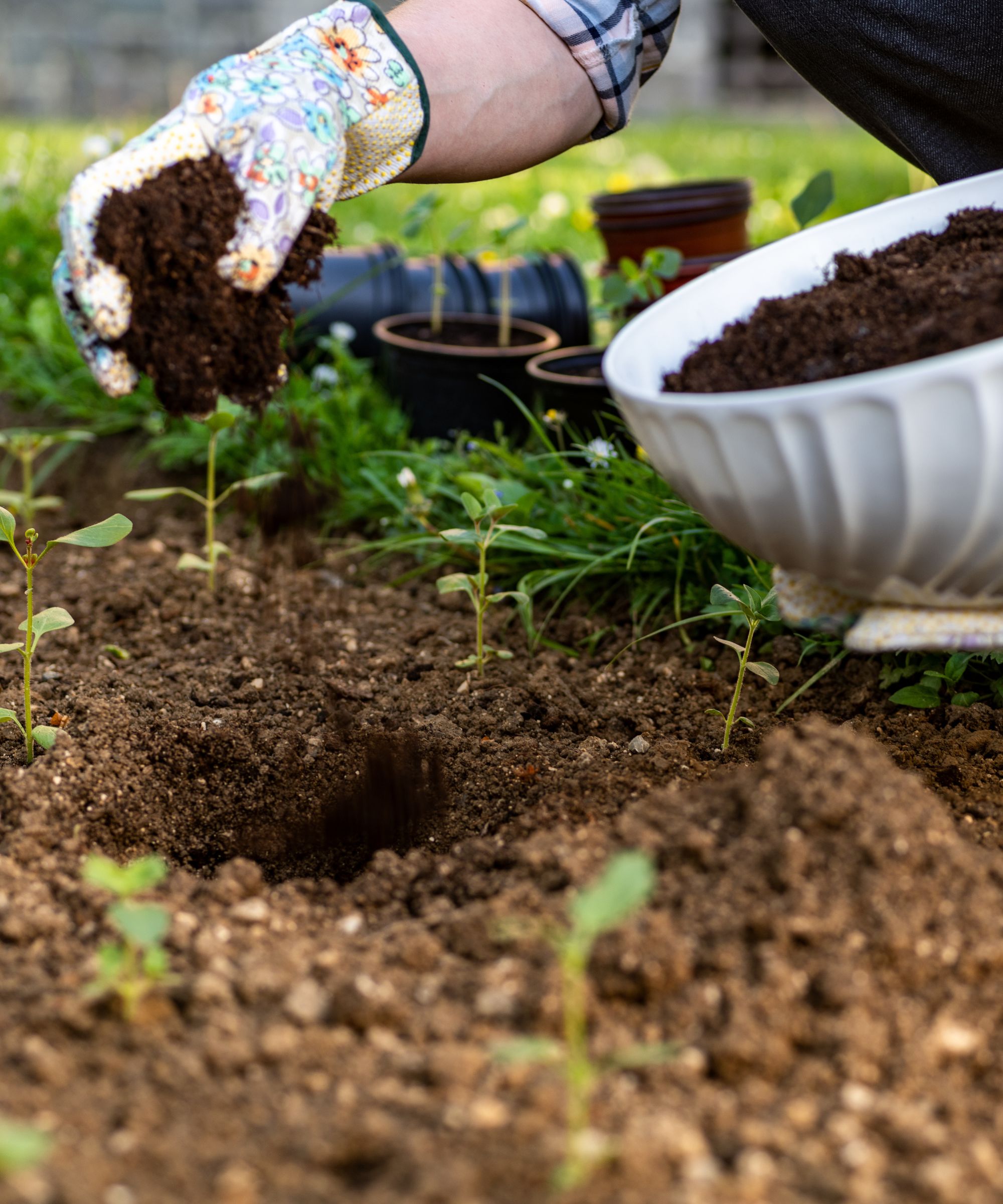
I’ve used two kinds of soil when growing vegetables in my small backyard — one from a trusted brand and one from a budget supermarket which I bought on a whim and I've really seen a difference.
“Use high-quality potting soil enriched with compost to ensure your vegetables receive the necessary nutrients,” says Tony.
I absolutely recommend investing a couple of extra dollars in the right one, as I’ve found the vegetables I have been growing in higher-quality soil are fairing much better, with a quicker rate of growth and larger yields.
Since I've started using the Miracle-Gro Potting Mix from Amazon, it has added so much color to my crops and to the outdoor flowers I’ve been growing in my small backyard. I'll never opt for the cheapest again.
From here, Tony recommends topping up the soil with organic matter to maintain fertility. I’m learning how to make compost so I can keep feeding my veggies with nutrients.
5. Make sure to stay on top of watering
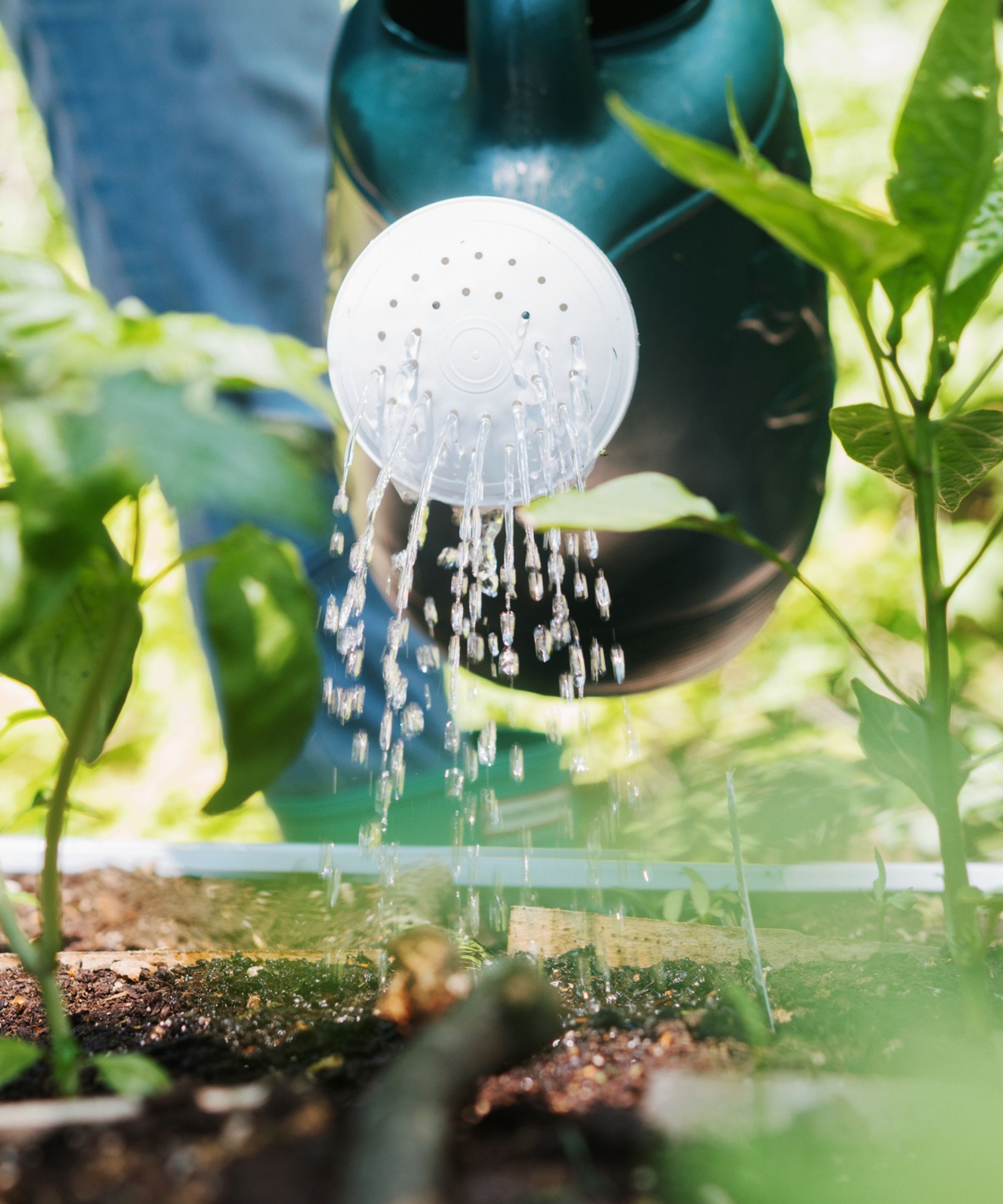
One of my favorite parts of the day at the moment is heading outside, catching rays, and watering my burgeoning plants. Don't lose momentum when you're growing vegetables at home. A few missed waterings and your veg will suffer, especially during heatwaves.
“Lack of water is the number one cause of reduced yields,” Steve says. “An inch of water per week is a good target for most vegetable gardens.”
Look for one made from a sturdy material — I have a metal one similar to the Gardener’s Supply Company Copper Watering Can from Amazon, which has an elegant design and a spacious three-quart capacity.
He also advises watering the garden thoroughly, especially in hot or dry weather. If you do not feel confident in assessing when your lot needs watering, grab a soil meter. It's analogue, meaning no need for batteries, and you can stick it into the soil and it'll tell you how the moisture is looking and whether you need to water.
Real Homes editor Punteha van Terheyden swears by the cheap VIVOSUN Soil Tester from Amazon. "Since I started using this last year, I have not killed a single plant indoors or out, and all mine are thriving and lush. I had a habit of over or underwatering them, causing their leaves to yellow or drop, but now they're a very happy bunch.
"The best thing is once you've used it for a couple of months, you get the measure of your plants and fair much better at intuitively knowing when to water, or withhold."
Vegetable gardening essentials
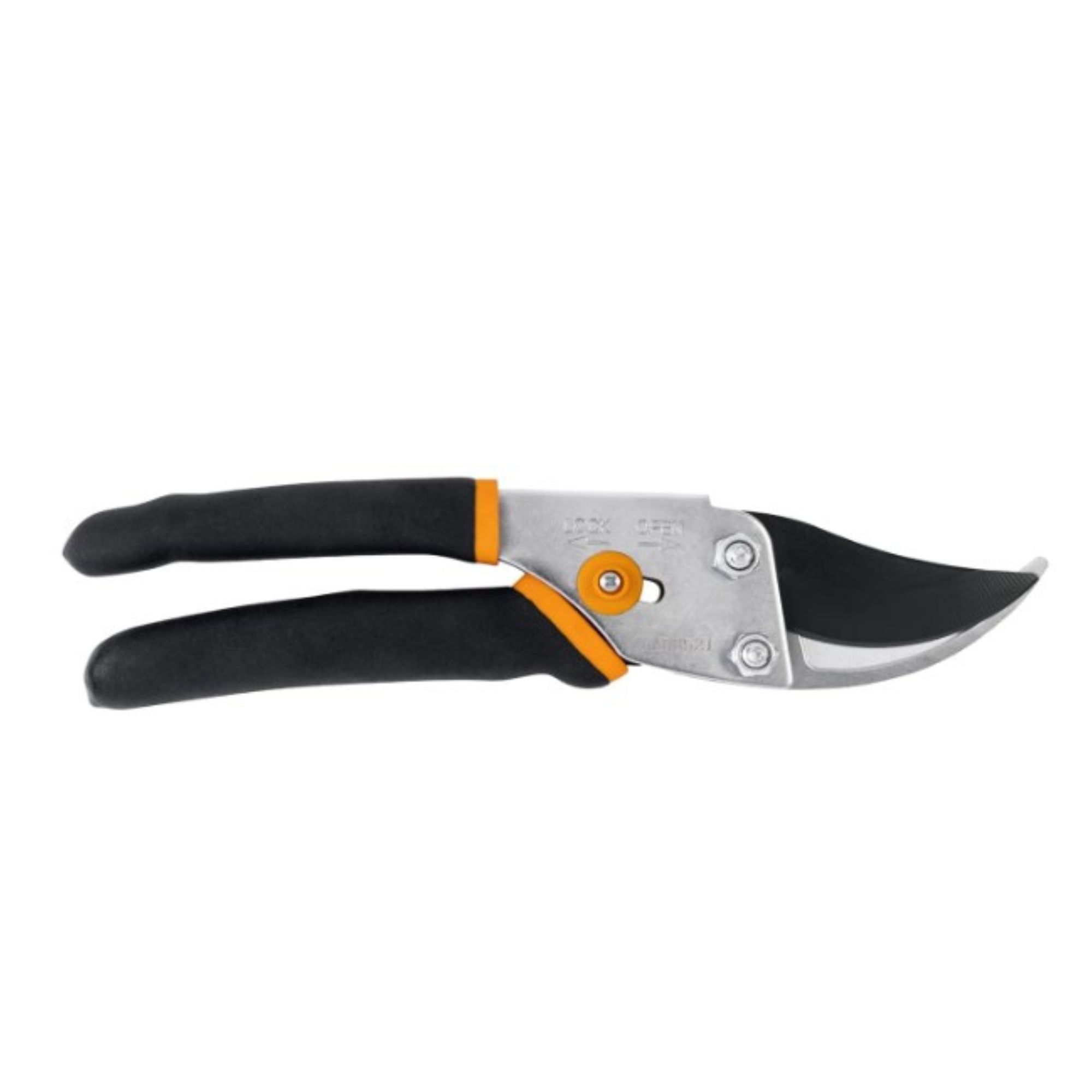
Size (in.): W2.47 x L9.07
Made from: Steel
Price: $13.97
For vegetables like tomatoes, pruning them when they grow is a great way to ensure you get as many tomatoes as possible. Amazon shoppers love these steel shears with over 34,000 five-star reviews praising the quality material, sharpness, and ergonomic grip.
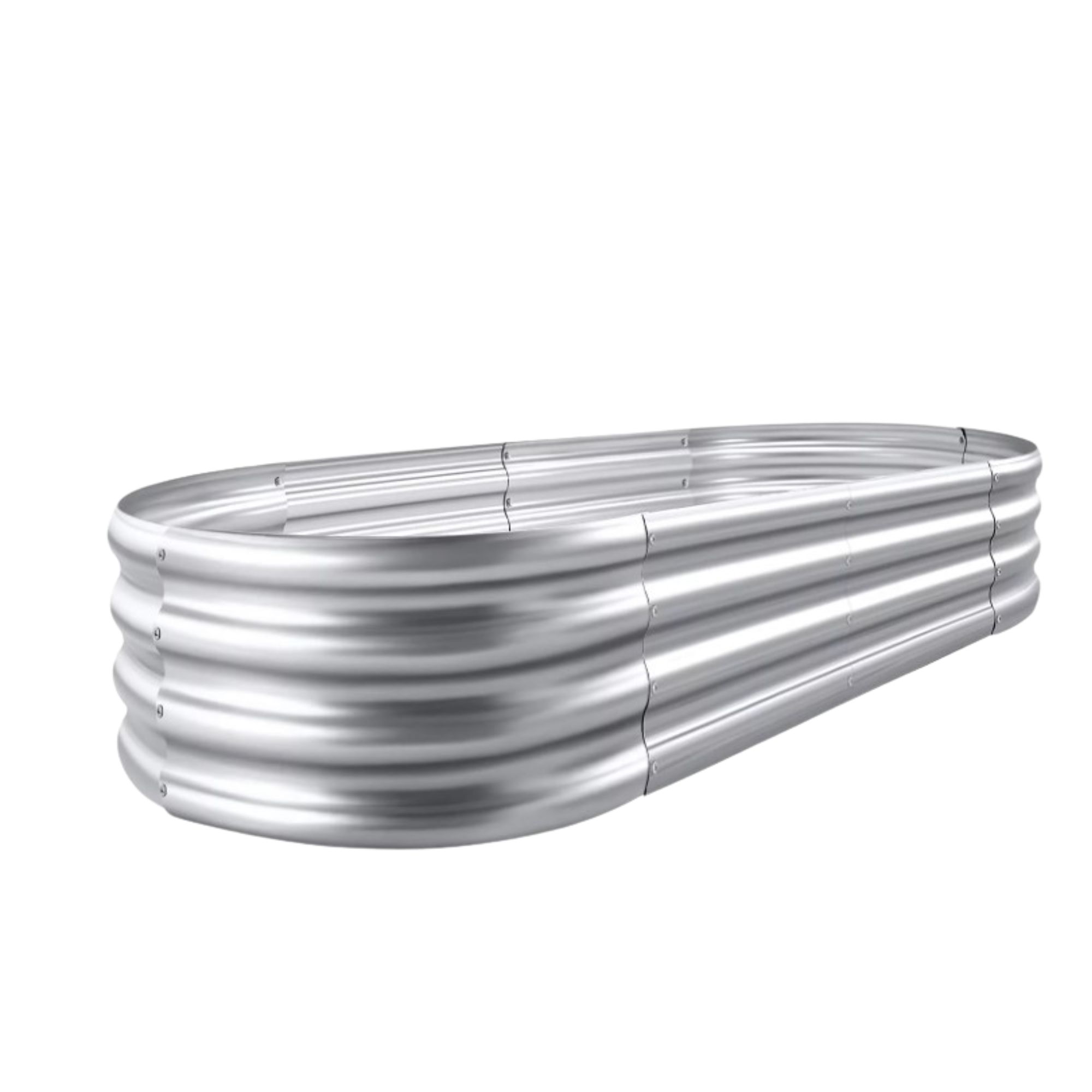
Size (ft.): H2 x W4
Made from: Metal
Price: $36.99
If you're going for modern small backyard ideas, choosing a contemporary garden bed like this one is a fab choice. Not only is it super chic, but it also is easy to set up, is made from anti-corrosion material, and is lightweight. Walmart shoppers also say it's great for first-time gardeners and very sturdy.
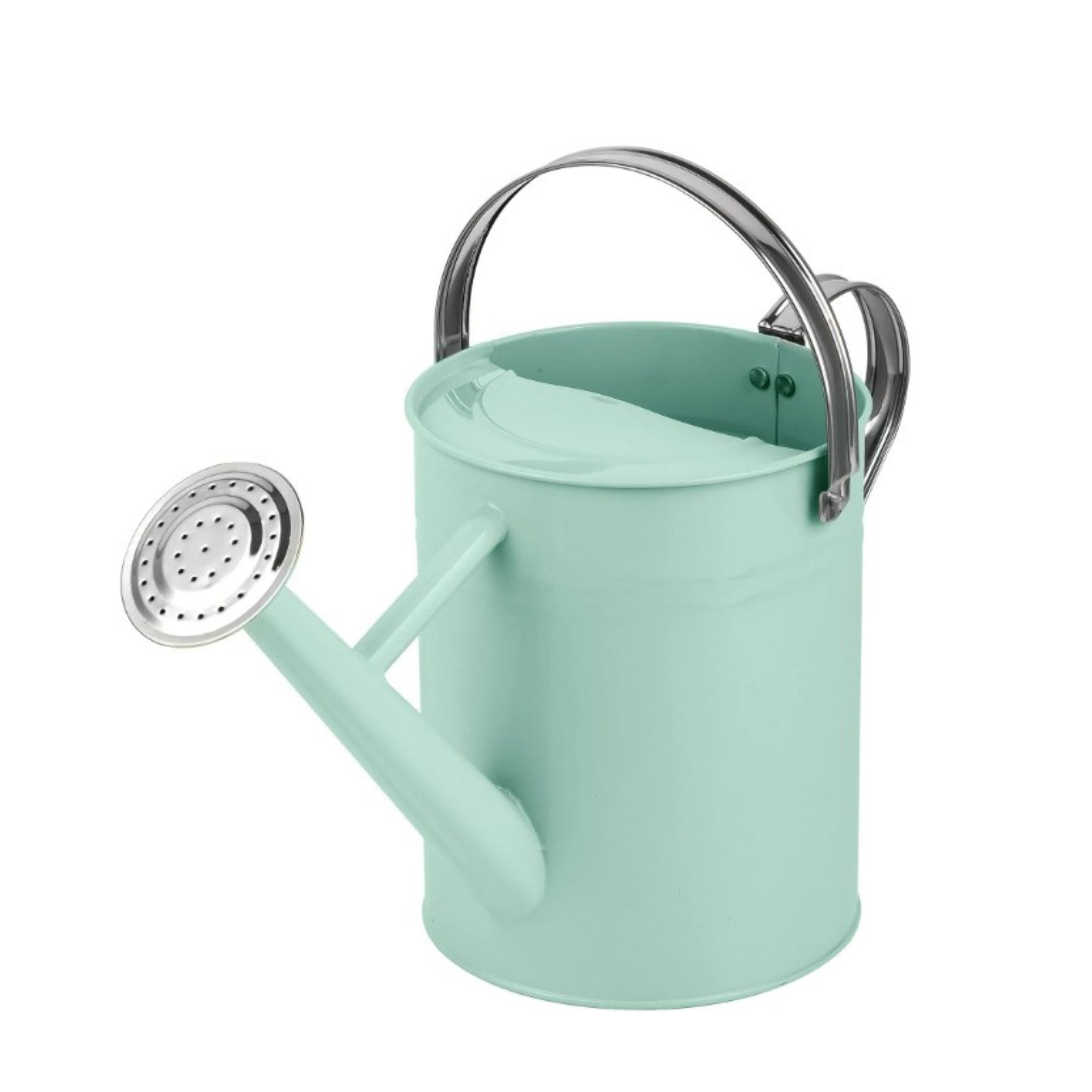
Capacity: 1 gallon
Made from: Metal
Price: $19.99
This bestselling watering can from Walmart is such a cute color, which will make it easy to find when you need to water your vegetables. I have one similar to this and the wide mouth fills up with rain on wet days and helps me water my plants without turning on the hose. You could also use rain chains attached to a water barrel to gather water economically.
With the right approach, a small backyard can produce a surprising vegetable harvest.
“The keys are choosing crops suited to your space, maintaining healthy soil and plants, and keeping on top of common issues like pests or disease,” Steve finishes by saying.
For those with even smaller spaces, learning how to garden on a balcony specifically may be more useful instead.







